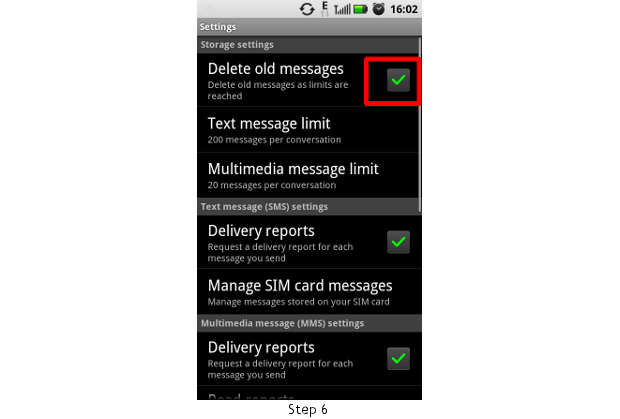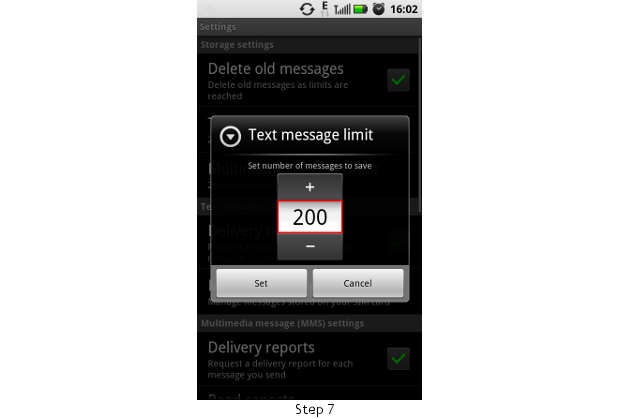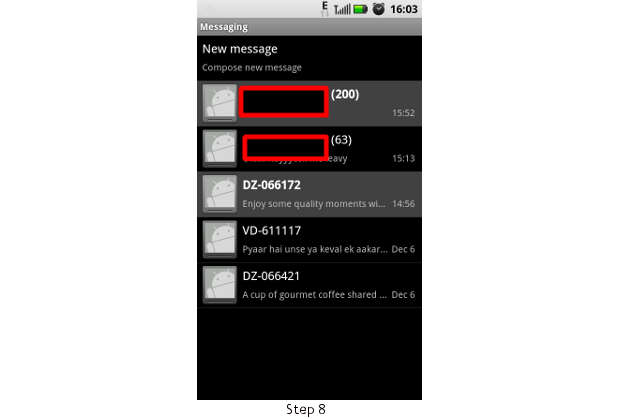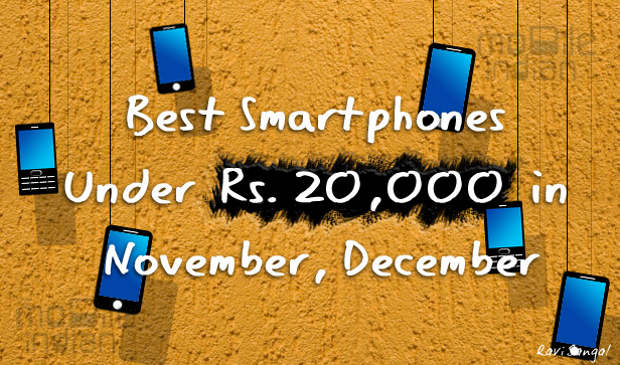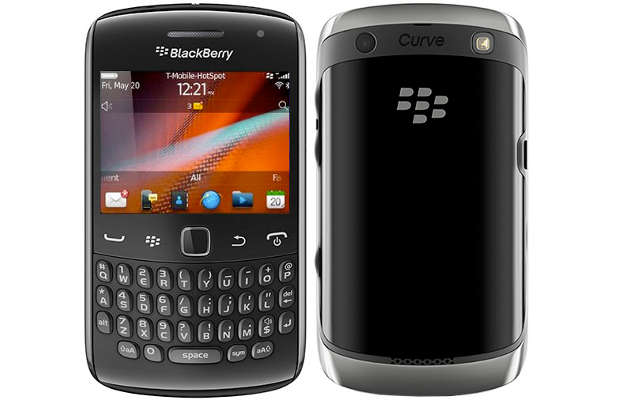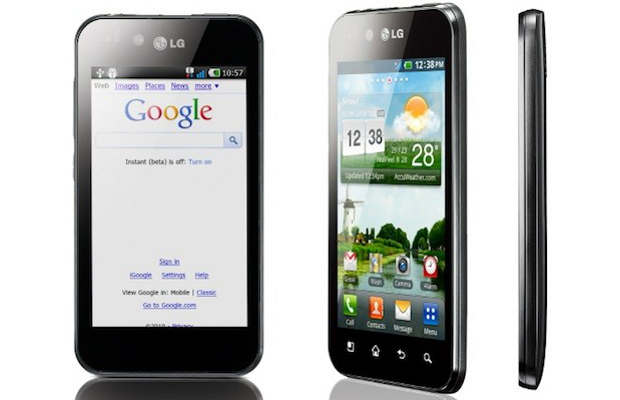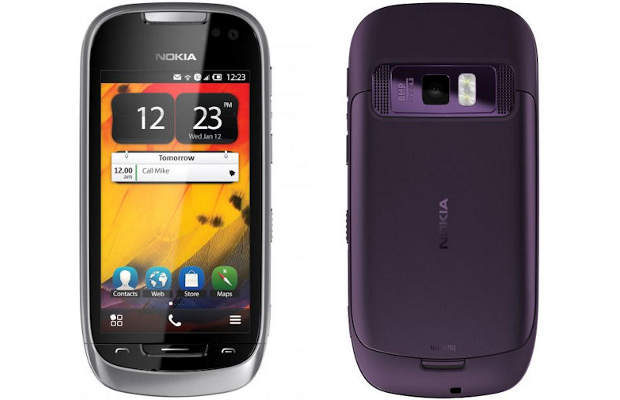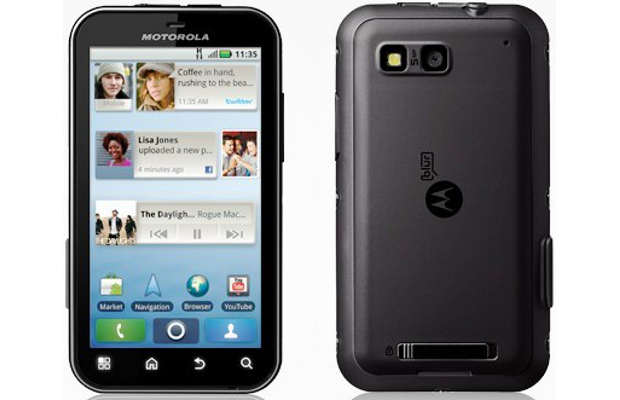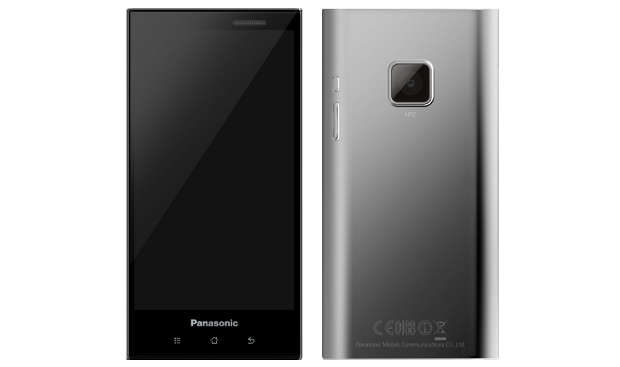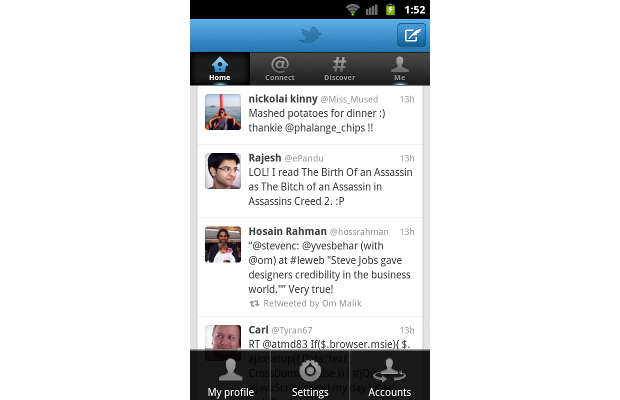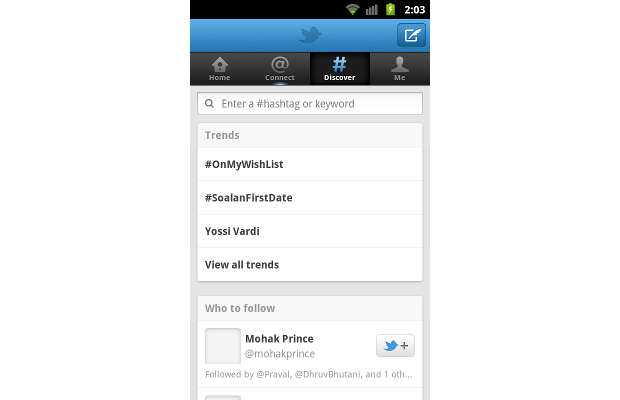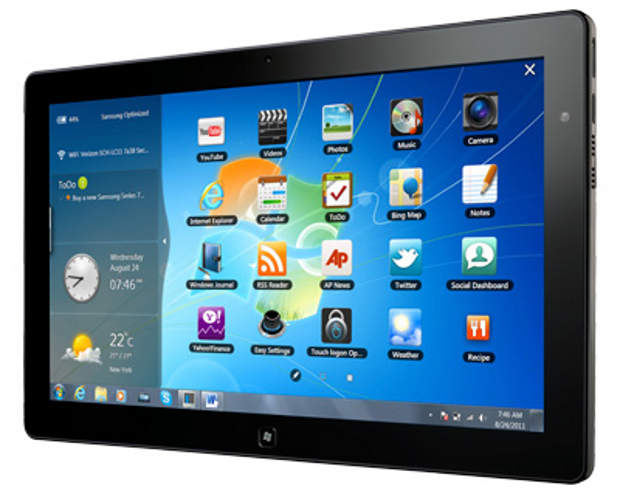In a world dominated by Android and iOS, coming out with a challenger mobile OS is a brave move to say the least. And surprisingly, Samsung has not only done that but has done it quite successfully as well.
Wave III S8600, which is yet to arrive in India, introduces the latest Bada 2.0 operating system. The phone has a 4 inch Super AMOLED touchscreen with WVGA (480 x 800 pixel) Resolution and Gorilla glass for protection against scratches. This is the same screen that has been used in the popular Samsung Galaxy S. Like in the original, the screen is impressive.
Design and looks
The phone has a nice brushed metal uni-body design. The cover doesn’t detach from the body but only slides up to reveal the battery, SIM and SDcard slots. The front of the phone is dominated by the screen and has a chrome-edged home button that has a rounded rectangular shape. Above the screen is a speaker grill also finished in chrome. At the back is a 5 Megapixel camera properly recessed for protection and a single LED flash with speaker grill.
An engraved Samsung logo is placed at the bottom. The corners of the phone are well rounded and easy to hold but due to the metal body, it gets slightly slippery in wet hands.
The power and lock button is on the top right while the volume rocker is at top left. The 3.5 mm jack and USB port are at the bottom. Wave II does not have any buttons at the top. The phone is slim and light at just 122 grams.
Specs
Samsung Wave III has an impressive 1.4 GHz Processor that works better than any comparable Android device thanks to Bada, which does not strain resources.
The 5 megapixel camera records 720p HD video at 30 frames per second. There is also a front facing camera for video calls.
The 1500 mAh battery delivers a two-day backup with medium usage since Bada operating system is quite lean.
Samsung Wave III boasts 4 GB of internal memory, 32 GB capacity for expanding memory, WiFi, 3G, A-GPS, Bluetooth 3.0, and DLNA certification.
Operating system
Bada is a new operating system and certainly not the most popular one.
In Bada, the controls are much easier to comprehend than they are in Android. For instance, it has a huge list in the settings with very easy terminology, making it simpler even for a layman.
The OS looks very similar to Android, perhaps due to the Samsung TouchWiz user interface which is also present in the company’s Android smartphones.
On the whole, Bada performs better and offers better battery backup than comparable Android phones.
Since it is not very popular, there are not many applications available for the Bada platform. Even so, it has 40,000 apps, which is much more than what is available on WebOS. There are not many India-specific apps, though this doesn’t mean that the App store is not useful. Most of the popular apps on Android also have a Bada version.
You do not have the option to store contacts with Gmail or pictures with Picasa. However, there are many apps and services such as Samsung’s own chat service — ChatOn, which also work on other platforms. So you can chat with people who have the app.
There is also a social hub, which combines all the social networking site updates into one. For syncing contacts and other stuff, you can use Samsung PC sync software.
Also, the map app is only a trial version, and you will have to buy ‘Routes’, which uses Google Map information and will cost you Rs 50 on the Samsung app store.
The keypad is well spaced and easy to use in both landscape and portrait modes. Contacts, calling, emailing, social networking are all fairly simple, like they are in a feature phones.
In short, people who are upgrading from a feature phone will not find the OS overwhelming and will find it a very natural upgrade.
Performance
The 5 megapixel camera delivers very clear photographs and has features that include ISO, white balance, default storage, stabiliser, face and blink detection, geotagging etc. You can make either the main memory or microSD card the default storage. Touch-focus is enabled too.
The video player, music player and radio apps are well laid out and support the major file types. Call quality, FM reception, WiFi and 3G all work well.
Verdict
The phone falls short with Android experience on two major counts, including Google service integration, which is one of the biggest assets of Android. Android has a bigger user base that lets you interact with a lot of people by default, which is in contrast to Samsung’s ChatOn service.
Android also scores heavily on the apps front which Bada will not be able to match any time soon. However, Bada’s biggest strength is its simplicity, which will appeal to first time smartphone users, and even those who like to keep things simple.
The OS is also light, meaning that it delivers better performance speeds compared to an Android device with the same hardware set.
We would recommend this phone to first time smartphone users, or to those who find Android complicated. Samsung Wave III is also a good option for people who are looking for a good phone and don’t mind trying a different OS.
Those who fear the lack of apps should consider the fact that the world is moving to HTML5 which Bada 2.0, Android, iOS and all the other mobile operating systems support.

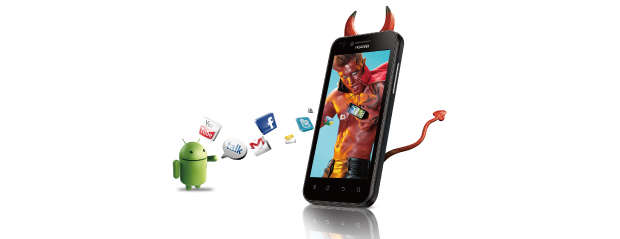





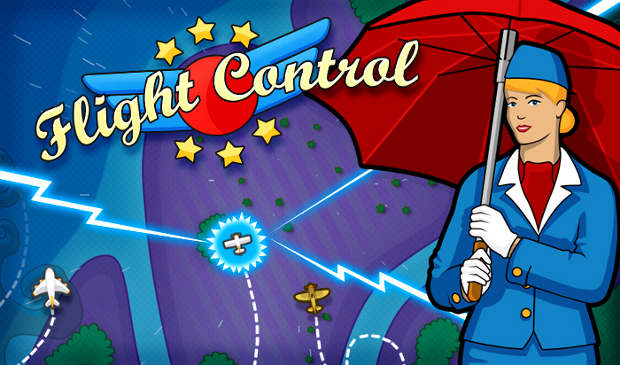


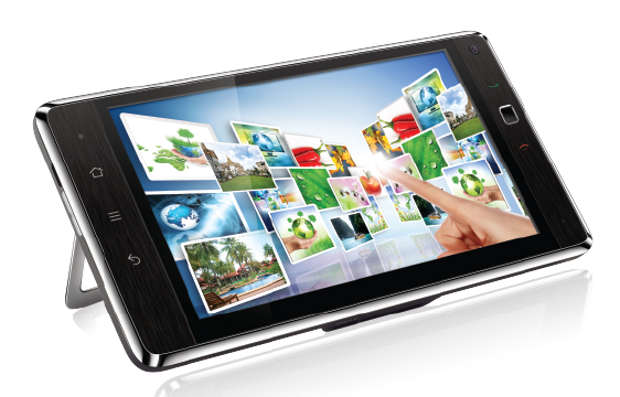
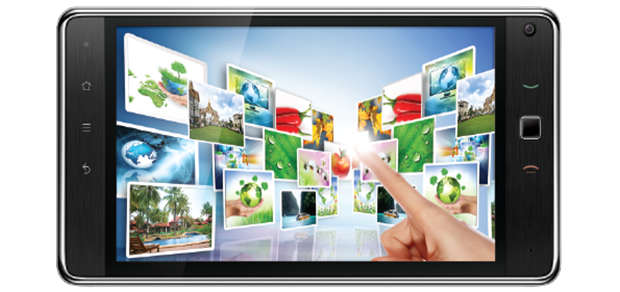

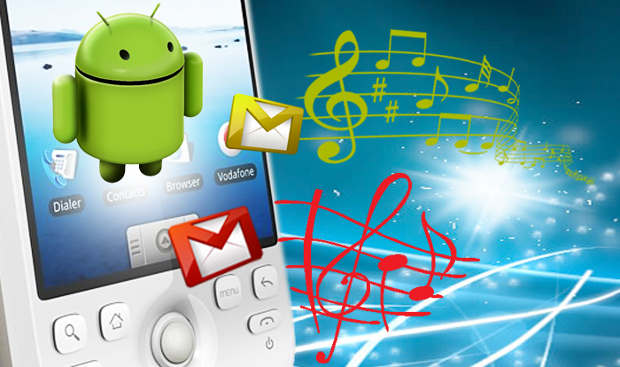

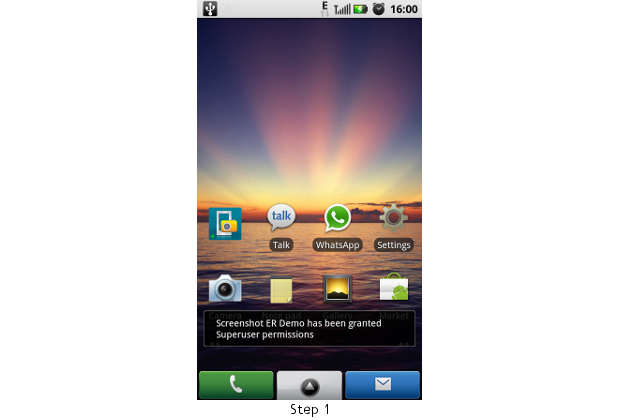 ###PAGE###
###PAGE###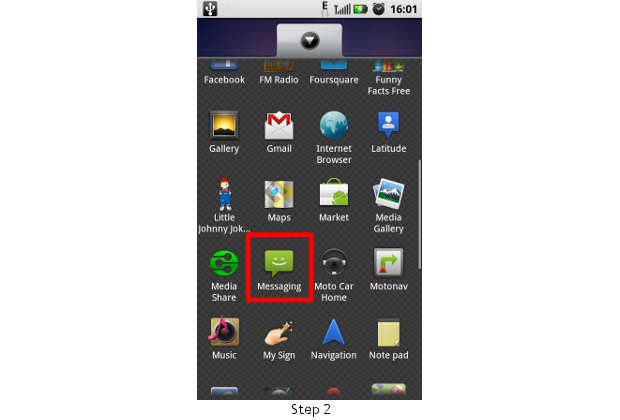
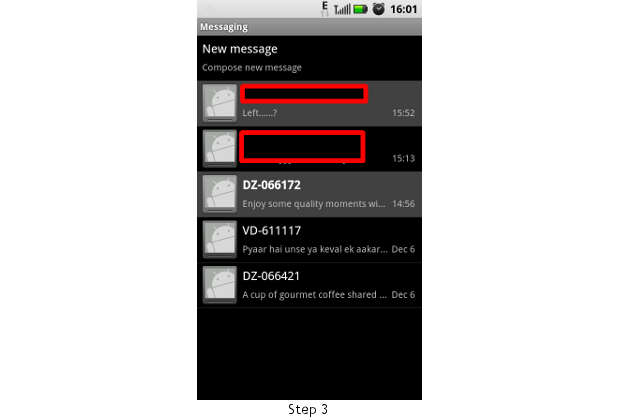 ###PAGE###
###PAGE###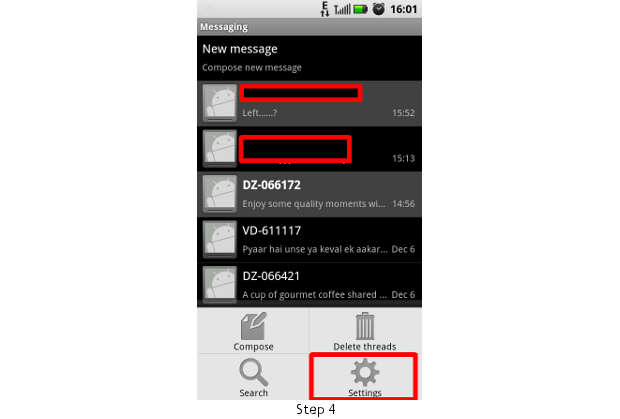
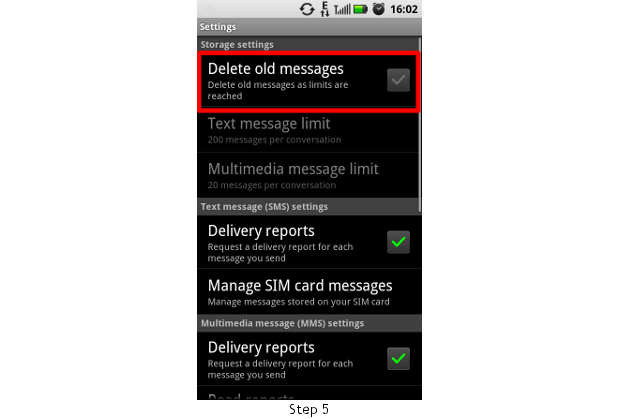 ###PAGE###
###PAGE###